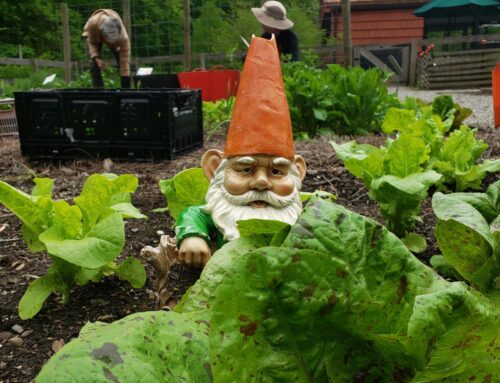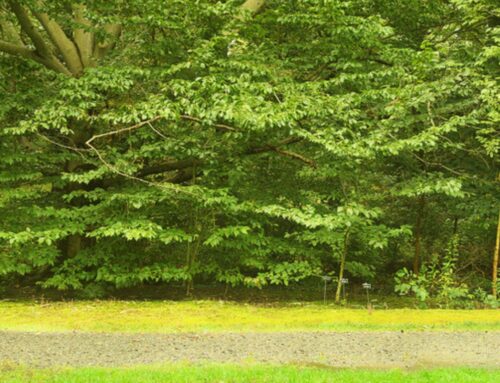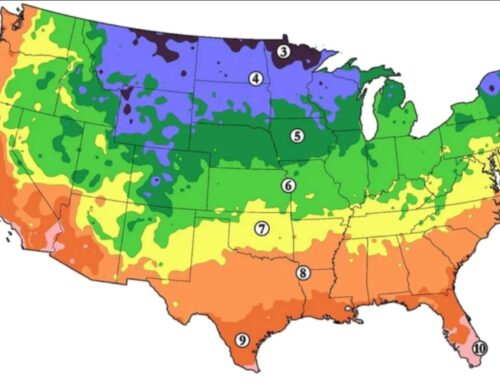Hold up on putting away the digging fork or the wheel barrel. Your garden doesn’t need to be done for the year! In fact, we probably have another 4 to 5 weeks, possibly 6 where you can get some great planting and harvesting in. Now is the time to plant cool weather crops. Think root and leaf crops as they tend to either be fast growing or can withstand the cold – two characteristics that will stretch your season.
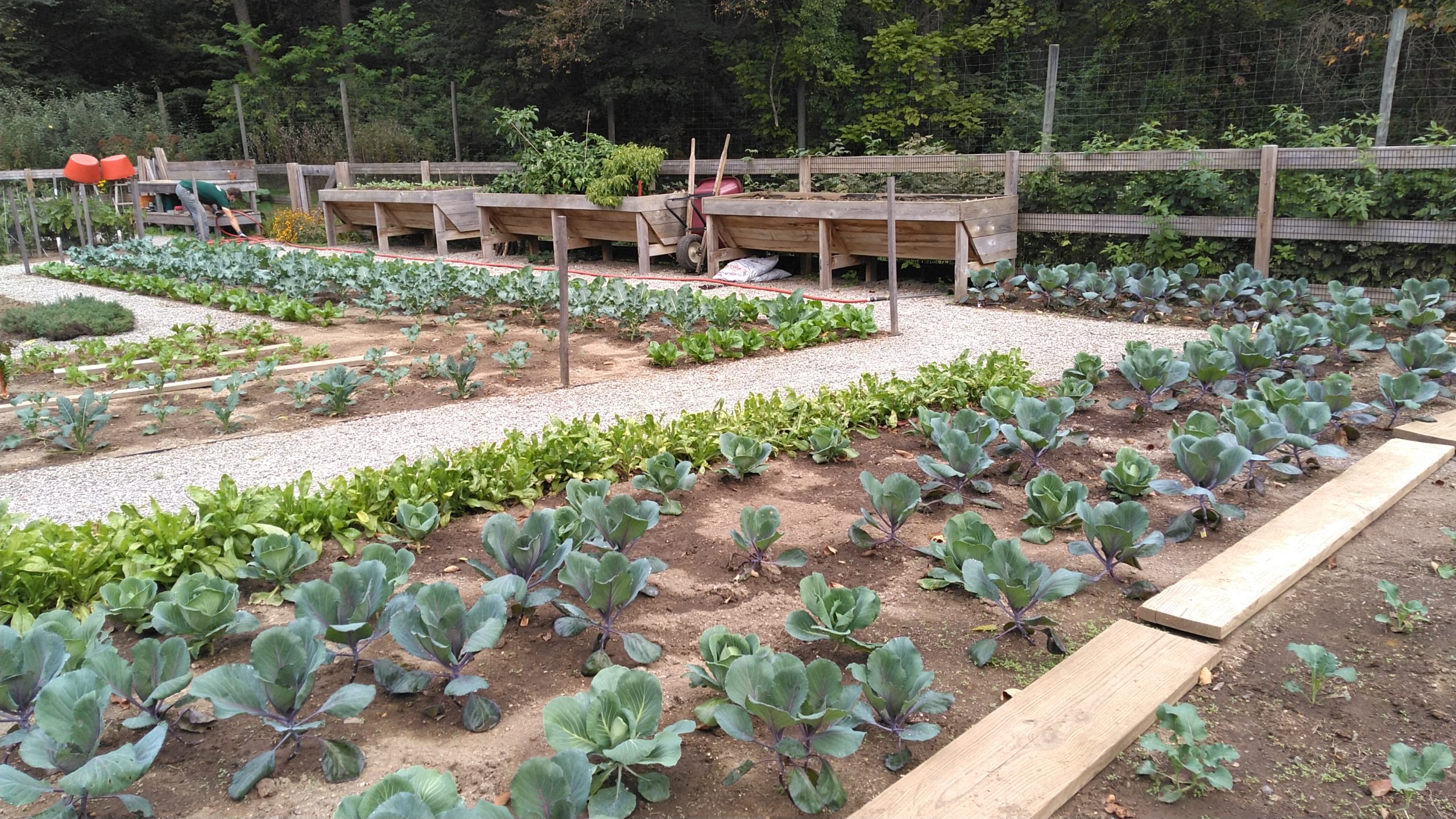
Here’s where to start:
First, know your frost dates. In this area the first frost of the winter season usually occurs at the end of October, which means that you can transplant leafy greens like kale and spinach, or seed root vegetables like carrots and radishes. Cool season crops like these thrive on cool nights and warm days. Some will even tolerate a frost, or even taste better afterward because the starch will convert to sugar. The sweet spot for cool season crops to germinate and grow is when the soil temperature is around 60F. Lettuce, leeks and spinach can be planted with soil temperatures in the 40’s range, which will come for us around Thanksgiving. By January the soil will have lost the last of the summer warmth and be about 30F.
Frost tolerant vegetables: kale, Brussel sprouts, cabbage, cauliflower, leeks
Root crops to be left in the ground over winter: carrots, parsnips, beets, daikon, turnips
Fast growing vegetables to seed now (less than 40 days to harvest): radish, broccoli rabe, spinach, bok choy, arugula
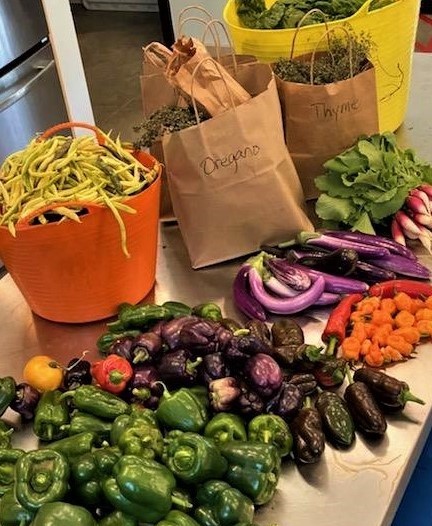
Here in Lucille’s garden we have a wonderful array of cool season crops growing, and we’re looking forward to bringing in the harvest over the next few months. Late harvests like this would have been essential when Tyler was a working farm. Those fresh, leafy greens and sweet, orange carrots would have kept the Minshall/Painter family eating fresh produce even as the season turned to winter.
Beyond planting late season crops for harvesting over the winter, there are things you can do to set yourself up for success for next summer. Garlic can be planted now and will set roots before the soil temperature drops to the 30’s in January. You can wait until the spring to plant garlic as well, but planting now in the fall leads to a larger, earlier harvest. Separate the bulbs from the head and plant them about 2 inches deep and 6 inches apart. Depending on the type of garlic, you may be able to get 6 to 15 bulbs from one head. Walk away and see them pop up next April. You will be harvesting your crop by July. Make sure you remove the flower heads, also known as scapes, as this would take away energy from making bulbs.
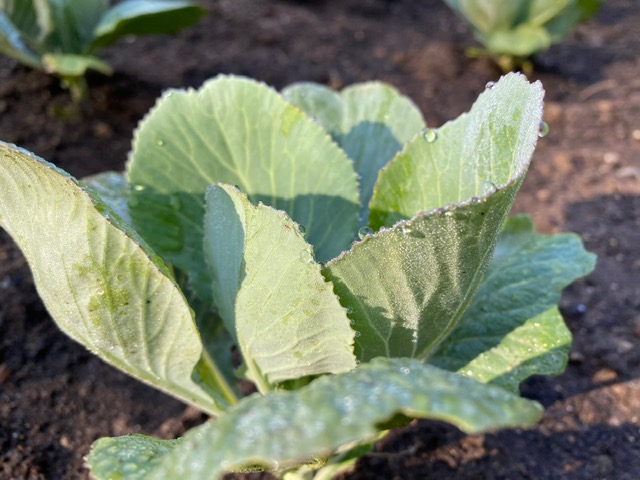
You can also collect seeds from the plants that did the best in your garden this year. Find the beans that were your heaviest producers, or the tomatoes that just wouldn’t quit and dry the seed to store until you can start them in the spring. That will save you the cost of new plants and yield varieties you know you can feel confident putting out in your garden. For more information on seed saving check this blog.
And of course, let’s not forget that many varieties of herbs do very well on a sunny kitchen windowsill. So if you enjoy the fresh taste of basil, consider rooting a cutting from your last basil harvest so you can keep the summer going in pasta dishes all winter long.
For an avid vegetable gardener, the end of the season can be gloomy, but growing your own food can be a year round adventure. There is no more hopeful act than starting your day by harvesting fresh vegetables in the cool autumn air, or tucking garlic bulbs in the soil to prepare for next year. For many, many generations winter was about survival and the struggle to harvest enough to see you through the long cold months. Those memories are deeply rooted in people, and we can get in touch with that part of ourselves by growing our own food. And nowadays, when we all might be looking for a little hope, there are few things more encouraging than a cupboard full of last season’s canned produce…and a drying rack full of next season’s seeds.




